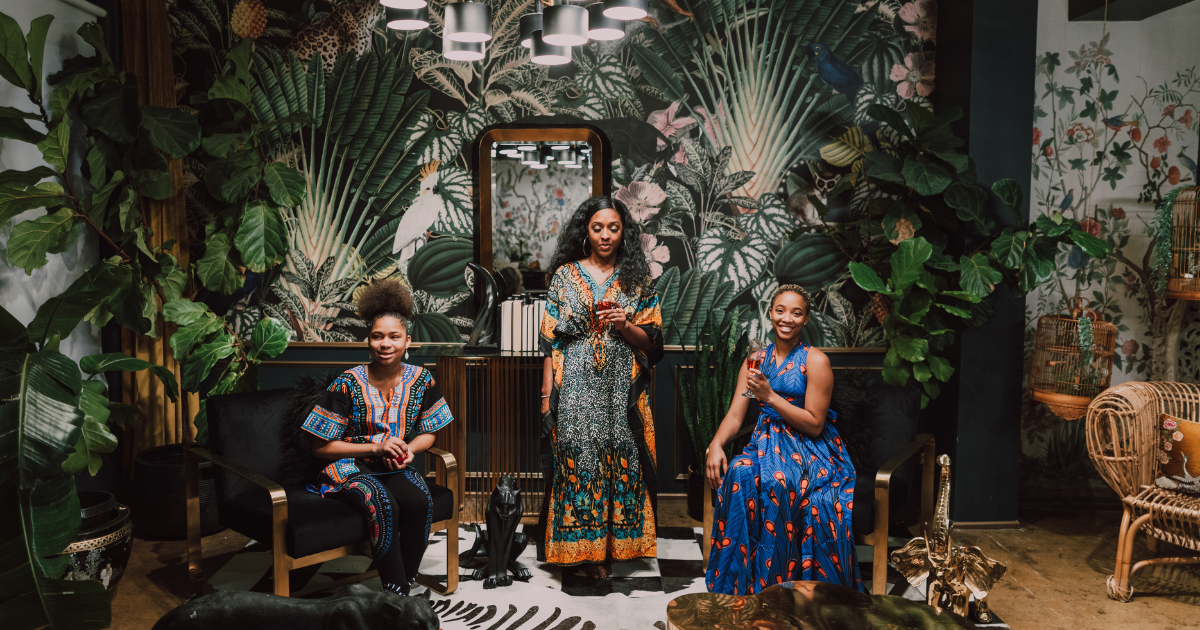In the ever-evolving world of fashion, where trends come and go with the seasons, there is a growing awareness of the need to preserve and protect cultural heritage. The fashion industry, with its global reach and influence, has often drawn inspiration from traditional textiles, indigenous designs, and cultural symbols. However, in recent years, there has been a significant shift towards acknowledging the importance of respecting and safeguarding these invaluable treasures. This article explores the efforts made to protect cultural heritage in the fashion world, highlighting the significance of traditional textiles and indigenous designs.
Respect for Cultural Heritage: Fashion, as an art form, has the power to transcend borders and communicate across cultures. Designers have long been inspired by the rich tapestry of traditions and histories woven into the fabrics and patterns of indigenous communities worldwide. However, this inspiration should be a source of celebration and respect rather than appropriation. In recent years, the fashion industry has taken steps to acknowledge this, embracing a more inclusive approach.
Legal Safeguards: The protection of cultural heritage in fashion begins with legal safeguards. Countries worldwide have recognized the importance of preserving their cultural heritage and have enacted laws to protect traditional textiles and indigenous designs. These laws often center around intellectual property rights and copyright protection. For example, the Indian government has introduced the Geographical Indications (GI) tag for textiles like Pashmina and Kanjeevaram silk, ensuring that these products can only be labeled as such if they originate from their respective regions.
Collaboration and Fair Trade: A crucial aspect of cultural heritage protection in fashion is collaboration. Many fashion brands now partner with indigenous artisans and communities to create collections that are not only respectful of traditional designs but also provide economic benefits to the creators. This approach not only ensures that indigenous designs are properly credited but also helps sustain these communities and their crafts.
Fashion’s Responsibility: In the age of social media and rapid globalization, fashion brands have a responsibility to be culturally sensitive. High-profile cases of cultural appropriation have led to backlash and boycotts, prompting brands to rethink their design and marketing strategies. Brands now consult with experts and indigenous communities to ensure that their collections are culturally respectful and accurate.
Cultural Exchange, Not Appropriation: Fashion designers and brands are increasingly recognizing the value of cultural exchange. They understand that there is a distinction between appreciating and drawing inspiration from a culture and appropriating it. By engaging in respectful dialogues with indigenous communities, fashion can serve as a platform for cultural exchange and mutual enrichment.
Ethical Sourcing and Sustainability: Beyond protecting cultural heritage, the fashion industry is also acknowledging the environmental and ethical implications of its actions. Indigenous communities often possess centuries-old knowledge of sustainable and eco-friendly practices. By collaborating with these communities, fashion can adopt more sustainable production methods while respecting traditional wisdom.
Empowerment Through Fashion: Fashion can also be a tool for empowerment. Many indigenous designers and artisans are now gaining recognition for their work on international runways. These designers bring a unique perspective to the fashion world, showcasing the beauty and significance of their cultural heritage.
Education and Awareness: To truly protect cultural heritage in fashion, education and awareness are key. Consumers are increasingly seeking ethically produced and culturally respectful fashion items. By raising awareness about the value of cultural heritage and the importance of responsible fashion choices, the industry can drive change from the ground up.
Conclusion:
Fashion’s ability to transcend borders and cultures is a powerful tool for celebrating and preserving cultural heritage. The fashion world’s growing awareness of the importance of respecting traditional textiles, indigenous designs, and cultural symbols is a promising sign of positive change. By embracing cultural sensitivity, collaboration, and ethical practices, the fashion industry can contribute to the protection and celebration of cultural heritage, ensuring that the beauty and significance of these traditions continue to thrive in the modern world. It’s not just about fashion; it’s about honoring the legacies of generations past and preserving them for generations to come.
















